To get started, you need to understand the exact meaning of Google Remarketing. Re-marketing (also called retargeting) refers to ads that directly target people who have visited your website at least once before. When these visitors leave the website, even if they have not bought products from you, they’ll see your ads on related websites on the Internet, and these ads are exactly the starting point. These ads can be PPC (pay-per-click) ads, they may be banner ads on your affiliate websites, and on.
What is Google Remarketing?
Google Ads Remarketing is an online marketing system that allows the user to display targeted advertisements to visitors who have already visited the site. Previous visitors will see these ads while browsing pages, watching videos on YouTube, or reading news sites. This way, your brand is always in their sights and encourages them to come back to your site and get more information.
How does Google Remarketing work?
If you already use ads on Google, all you have to do is add Google Re-marketing Codes (also called tags or pixels) to your website. This way, your site visitors will be added to your re-marketing audience using browser cookies. You can customize the code on different pages based on the defined category.
For example, suppose you have an online business where you sell kitchen utensils. You need to build a re-marketing list called “Toaster” based on who has visited your toasters sales page. This way, you can show highly targeted ads, which are organized to sell toasters, to this group of users. You know they’re on internet to buy a toaster. now you can return them and maybe offer them something like “free shipping” to persuade them to buy.
With re-marketing, you can show Google ads to your previous site visitors who are browsing multiple Google partner sites that are on the Google Display Network.
Google recommends you to target everyone who visits your site’s home page when launching your first re-marketing campaign. Keep in mind that this will increase your re-marketing costs as your ads will be re-targeted for a larger audience. You cannot create exact targeted ads. If you limit your targets more, you can increase the relevance of ads and reduce the cost of click-through rates.
Finally, you can create a variety of re-marketing listings for Google re-marketing campaigns that are targeted to a specific task. For example, your ads for people who have already purchased from your site can be different from your ads for people who have not already purchased (such as a 30% rebate offer).
Why Re-Marketing? The superiority of Google re-targeting
Google Re-targeting is a powerful marketing solution that allows you to stay in touch with your target audience, even after they leave your site.
By providing re-marketing banner ads to visitors, even those who see other parts of the web, your brand will become more popular, your target audience will become more familiar with it, their trust will increase, and they will be more likely to buy from you.
Re-marketing ads have higher click-through rates and conversion rates than regular ads:
As you can see, former site visitors click on ads 2 to 3 times more often than new visitors.
Plus, the effectiveness of Google’s re-marketing ads increases with more displaying, and in ads burnout is much less than other methods of displaying ads:
By integrating re-marketing campaigns with other targeting methods such as demographic targeting, the conversion rate will be much better.
However, do not forget that users can use AdChoices software to select and adjust the display of ads for themselves, and thus they may be removed from the list of your re-targeted ads.

Types of Google Remarketing
Standard re-marketing
In this type of marketing, which is the most common type of re-marketing, advertisements are displayed to previous visitors through Google’s display network and social networks such as Facebook and Twitter. In this type of re-marketing, visitors who search for their keywords through Google are targeted by keyword-related ads. For example, if you do a Google search for the Heat map tool, you will see a re-marketing ad for the Hotjar data analysis tool that encourages visitors to sign up for a free testing version of the program.
Dynamic remarketing
Dynamic re-marketing makes it easier to target customers who have paid attention to your particular product or service. Normally, you cannot use re-marketing tags for all your website products. Instead, you can send a feed to Google and ask it to display your ads at the beginning of the ad search for those visitors who have recently seen the same product or service.
This method is especially suitable for online shops that have a wide range of products and have many repeat customers.
Video marketing
This type of re-marketing is most commonly used on YouTube and shows ads to visitors who have recently watched a video on a website or YouTube. These videos can be placed at the beginning of your video or in the middle of your video on YouTube (if it placed in the middle of the video, the user can quickly reject the ad, but at the beginning of the video they can do so after a few seconds). These videos can also be placed at the top right of the page.
Email Remarketing
Email remarketing comes in two forms:
Display ads on various websites to users who have opened at least one of your email.
AdRoll, for example, is a digital marketing and re-marketing service. It uses Facebook feeds to display re-marketing ads to target users who have opened at least one email from a brand and click on the call to action link, but did not complete the purchase process.
The AdRoll Facebook ad both reminds the user to visit the AdRoll website and gives them an insight into how they can re-market their brand through the service.
Send Incentive Email to users who have visited your website at least once but have not completed the purchase process.
In this method, the brand tries to encourage the user, who has visited a specific product but didn’t buy, to buy the product by sending an email. This incentive can be in the form of a discount offer or sending a gift. In this email, a call to action link is placed so that the customer can enter the purchase process directly.
It does not matter what type of marketing you use. What is important is that to use your targeted categorized users’ lists to send brilliant ads or customized emails to your users, in a way that shows to your customer that you understand them.
How Much Does Google Remarketing Cost?
The cost of Google re-marketing depends on how well your ad campaign fits into your online marketing strategies. Generally, though, Google re-marketing advertising is one of the most cost-effective advertising campaigns available to online advertisers.
On average, search engine ads for the most competitive categories cost around a few dollars or more per click, and for some popular keywords, the price can even be as high as $ 50 per click. Display ads on sites and social networks are between 2 and 100 times cheaper than these prices.
Combine Google Remarketing with situational retargeting, conversion filters, duplicate ads, and other cost-cutting strategies to keep costs down. This allows you to build more targeted re-advertising campaigns and increase your relevant advertising. Also show most of your ads to those who are more likely to click and buy.
Build banner ads for the Google AdWords re-marketing system
When you re-market on Google Ads Network, you can create display ads containing text, image, video, and other multimedia files. Use Google’s free display advertising build tool to help build custom Google re-marketing banner ads. You can use many of the ready-made templates in this tool, then customize them for your business and build your Google Re-marketing banner from the available sizes and formats.
Wordstream also has a tool that dynamically scans your site for viewing images and text and automatically creates the banner that looks best as your re-marketing banner. Find and fix errors in your account using the Ads Performance Grader tool.
What are the benefits of re-marketing in Ads?
If you are looking to increase sales or increase site sign-ups or promote your brand, re-marketing can be a strategic component of your Google advertising. Re-marketing can also lead to a return on investment (ROI) in any advertising method.
Here are some benefits of re-marketing:
- Access to users at the most convenient time that they may make a purchase: You have the opportunity to reach users after they have become acquainted with your business and interacted. This can be when users search for your products, visit other websites, and use different mobile apps. Retargeting in Ads provides you with timely contact points to guide your customers to your website or app when they are fully impressed with your products.
- The suitable list for your advertising purposes: Modify your remarketing lists to achieve your advertising goals. For example, you can create a list of “shopping cart leavers” to advertise to people who have added a product to their shopping cart but have not completed the shopping process.
- Access to people in large-scale: You can reach many people through your remarketing list. Because they check more than 2 million websites and mobile applications through their communication tools and devices.
- Efficient pricing: You can create high-performance remarketing campaigns using automated pricing strategies such as CPA and ROAS. Real-time pricing helps you pay less price for displaying your ad to a specific person who has already visited your website. so you outperform your competitors in this competition and reduce your costs.
- Easy to create ads: With AD gallery you can create text, video and video ads for free. Using dynamic remarketing campaigns, you can create Dynamic Ads that match the size of the banner ads and create beautiful ads for all your products and services at different scales.
- Complete information about your campaign: You will have reports on your campaign performance, where your ads are displayed on, and what you pay for them.
- Reach customers when they search for you: Display ads to visitors who are actively searching for your business using Google Search.
Ways to do remarketing in Google Ads
There are several ways you can re-market in Google Ads. These methods include:
- Standard Remarketing: Showing ads to your past visitors as they’re browsing through websites and apps.
- Dynamic Remarketing: Improve your performance with Dynamic Remarketing. This method leads to a higher level of remarketing with advertisements that include products or services that are seen by people on your website.
- Remarketing for mobile apps: Display ads to people who have used a mobile app or mobile version of your website.
- Remarketing list for search-based ads: Show ads to your previous visitors when they are searching on Google for what they need.
- Video-based remarketing: Showing ads to people who have interacted with your videos or your YouTube channel while using YouTube and browsing video display networks, websites, and apps.
- Remarketing by email list: To do this, first check your customers’ emails, upload a list of email addresses that customers have given you. As a result, you can send them ads when they sign in to Google, YouTube, or Gmail.

How to make remarketing settings?
To create a remarketing list, follow these steps in order:
Website Remarketing:
- Log in to your Google Ads account.
- Click on the Shared library option.
- Then click on Audiences.
- If this is your first time making a remarketing list, you will see several options for remarketing. Under “website visitors” click on the “set up remarketing” option and complete the set up process. If this is not the first time you have created a list, click on + remarketing list and select “website visitors” from the menu that opens.
- Write a description for the name of your remarketing list. This name should kind of describe your selected list.
- Select a template from the “who to add to your list” menu.
- Click + rule to add rules.
- A dialog window will appear where you can add all the conditions that a web page needs to comply with this list. Select an option from the second menu bar such as “contains”, “equals” or “start with”. Type the value. Values can be words, a number, or a date, depending on the type of list you create. Click Done.
- Enter the period of membership, which indicates how long you want a visitor to stay on your list. You can change the membership period at any time. If you already have a remarketing tag on your website and you want to list recent visitors who comply with your listing rules, check “include past visitors that match these rules”. This option only applies to network-based remarketing and does not apply to list-based remarketing.
- Save it.
Remarketing of mobile applications:
- Log in to your Ads account.
- Click on the Shared library option.
- Under Audiences, click View.
- If this is your first time launching remarketing, you will see several options. Click “create list” under “mobile app users”. If you have already started remarketing, you can see the “remarketing tag” box at the top right.
- Click on Tag Details.
- Click Setup.
- Select View AdWords tracking ID for mobile apps.
- Select and copy the Tracking ID.
- Launch the SDK in your app.
Customer Email Remarketing:
- Log in to your Ads account.
- Click on the Shared library option.
- Click on Audiences.
- If this is your first time making a remarketing list, you will see several options for making a remarketing. Click “create list” at the bottom of “customer emails”. If this is not the first time you have created a remarketing list, click on + remarketing list and select “customer emails” from the menu that opens.
- Enter a name.
- Select “Upload customer email addresses”.
- You can upload a list of email addresses that you have already prepared.
- In Google Ads, select the file.
- Set the membership period. Memberships are unlimited by default, but you can restrict them.
- If you agree, check the box “This data was collected and is being shared with Google in accordance with Google’s policies”.
- Click upload and save the list. You can see the information upload process at the bottom of the “audiences” section. This process may take up to 3 hours.
- Add your target audience to your campaign. It may take up to 12 hours to start your campaign.
- For YouTube customers, choose the “Online video” campaign.
- For Gmail customers, launch the “Display Network only” campaign.
- For the search campaign, select “Search Network only” or “Search Network with Display Select”.
Conclusion
Re-marketing is one of the digital marketing methods that, while low cost, creates many benefits for businesses and encourages potential customers to come back to the website and make a purchase. The good thing about this method is that these customers are more likely to buy than other customers because they have already visited your website and this shows that they are at least interested in your business topic. Re-marketing is one of the new marketing methods that is vital for increasing the conversion rate and should be considered along with pay-per-click advertising.


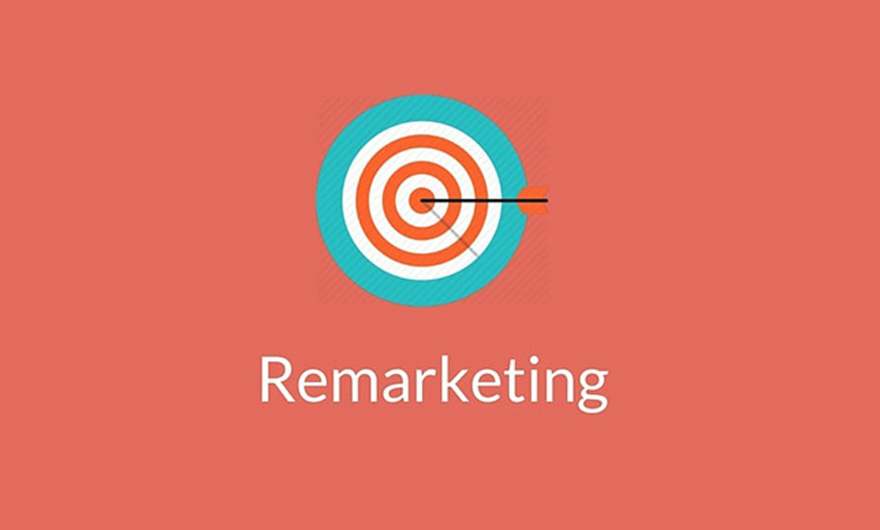
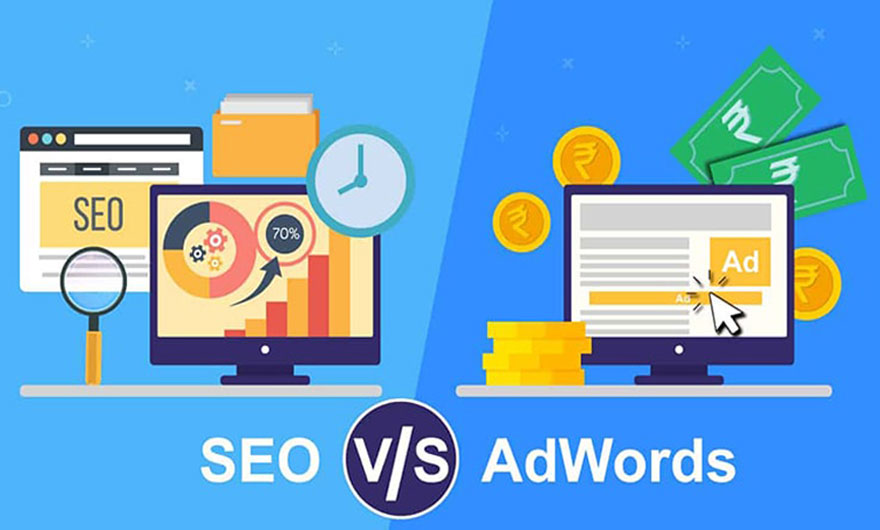
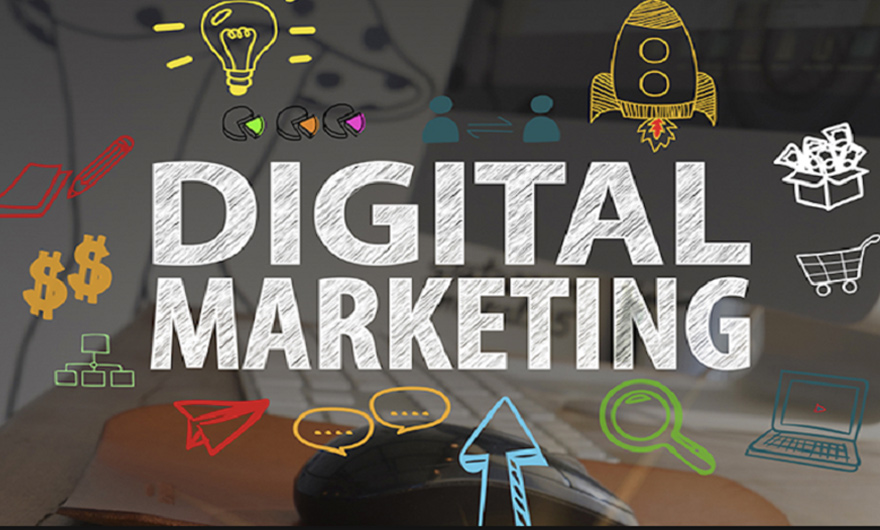
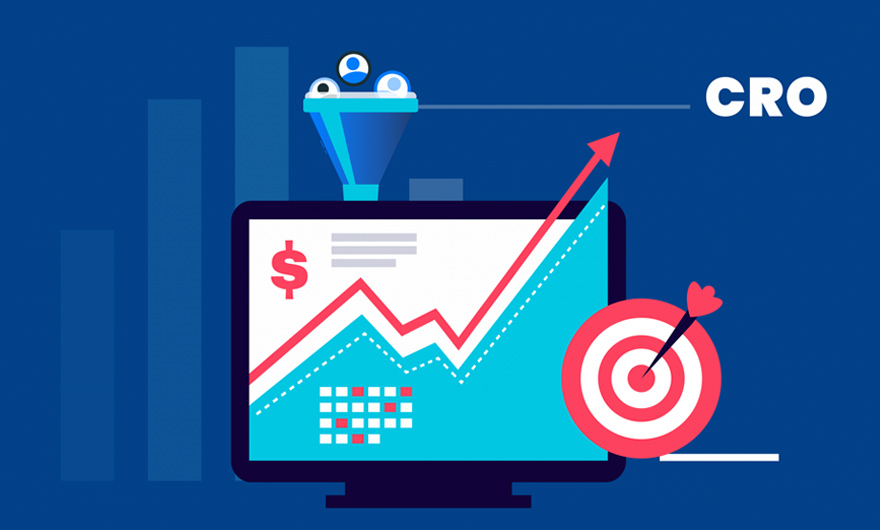
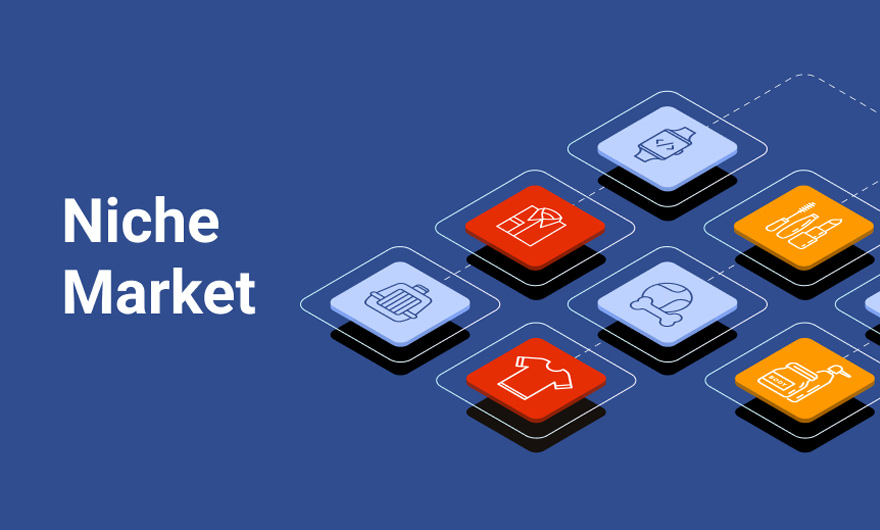
Leave feedback about this
You must be logged in to post a comment.